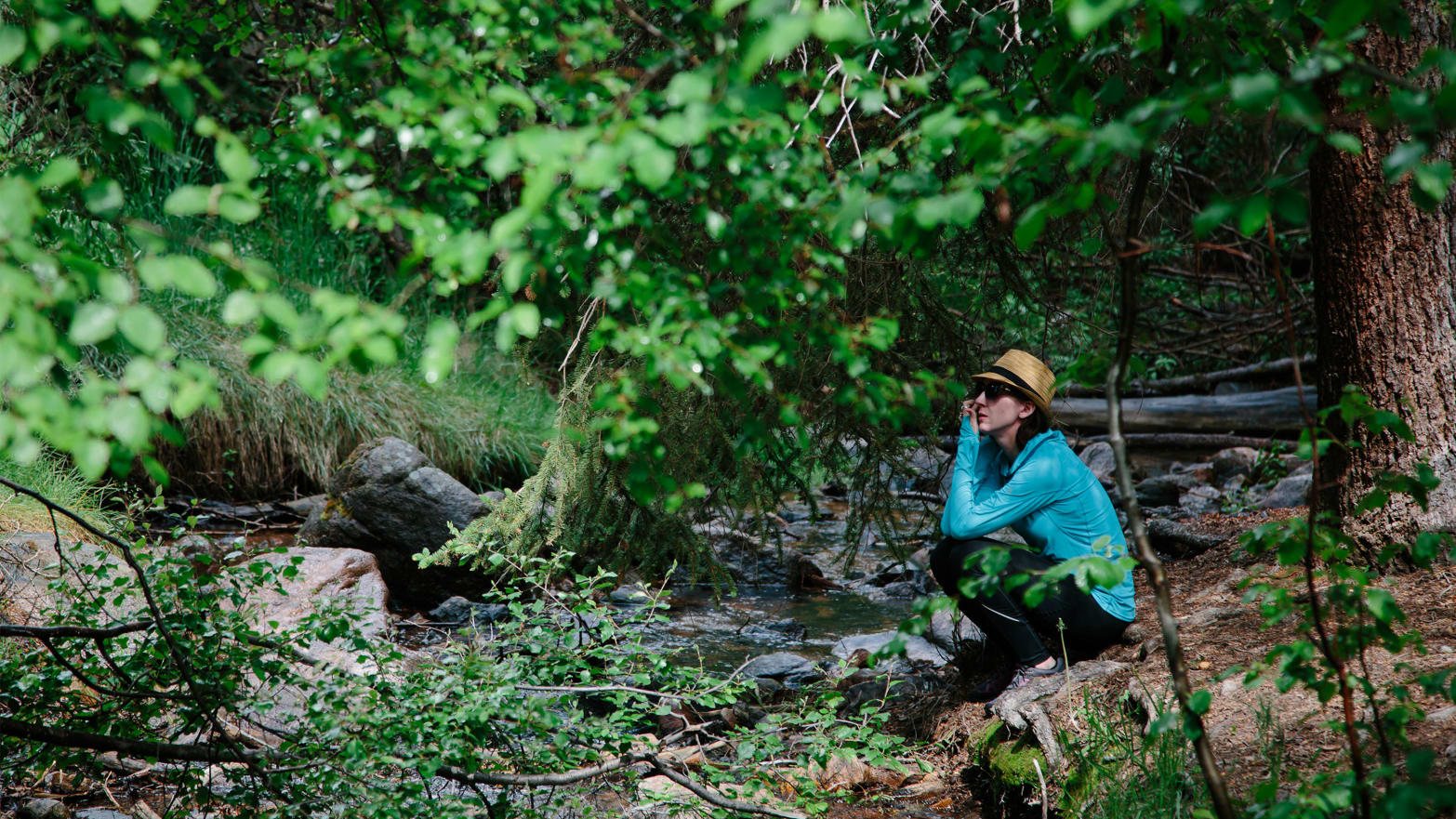Forget Weed. Colorado’s Hottest Trend is Forest Bathing.
The Japanese practice has become popular around the world, and the Rocky Mountains in particular are experiencing a surge in interest.

If you’re like me, maybe you’re thinking: ‘Forest bathing? Sounds like a bunch of hippies skinny-dipping in the woods.’
Wrong. Contrary to my own initial reaction, forest bathing has nothing to do with bathing and it doesn’t even have to take place in a forest. Rather, the Japanese practice of Shinrin-Yoku, which translates to “forest bathing” or “taking in the forest atmosphere,” emphasizes the importance of slowing down to connect with nature. It was developed in Japan during the 1980s and has become a cornerstone of preventive health care and healing in modern Japanese medicine.
My first “forest bath” was in Colorado, a much slower (and less exhausting) alternative to the hiking, mountain biking, and skiing the region is best known for. The practice has gotten so popular in the Rocky Mountain state that guides are available in half a dozen cities and a forest therapy guide training program in Colorado this September filled up many months in advance. Forest bathing is growing in popularity around the world and guides can even be found in major metropolitan cities like London and New York City. That said, the blue spruce, Ponderosa pine, white fir, quaking aspen, and other stunning and aromatic trees native to Colorado make it an excellent place to get your nature bath on.
